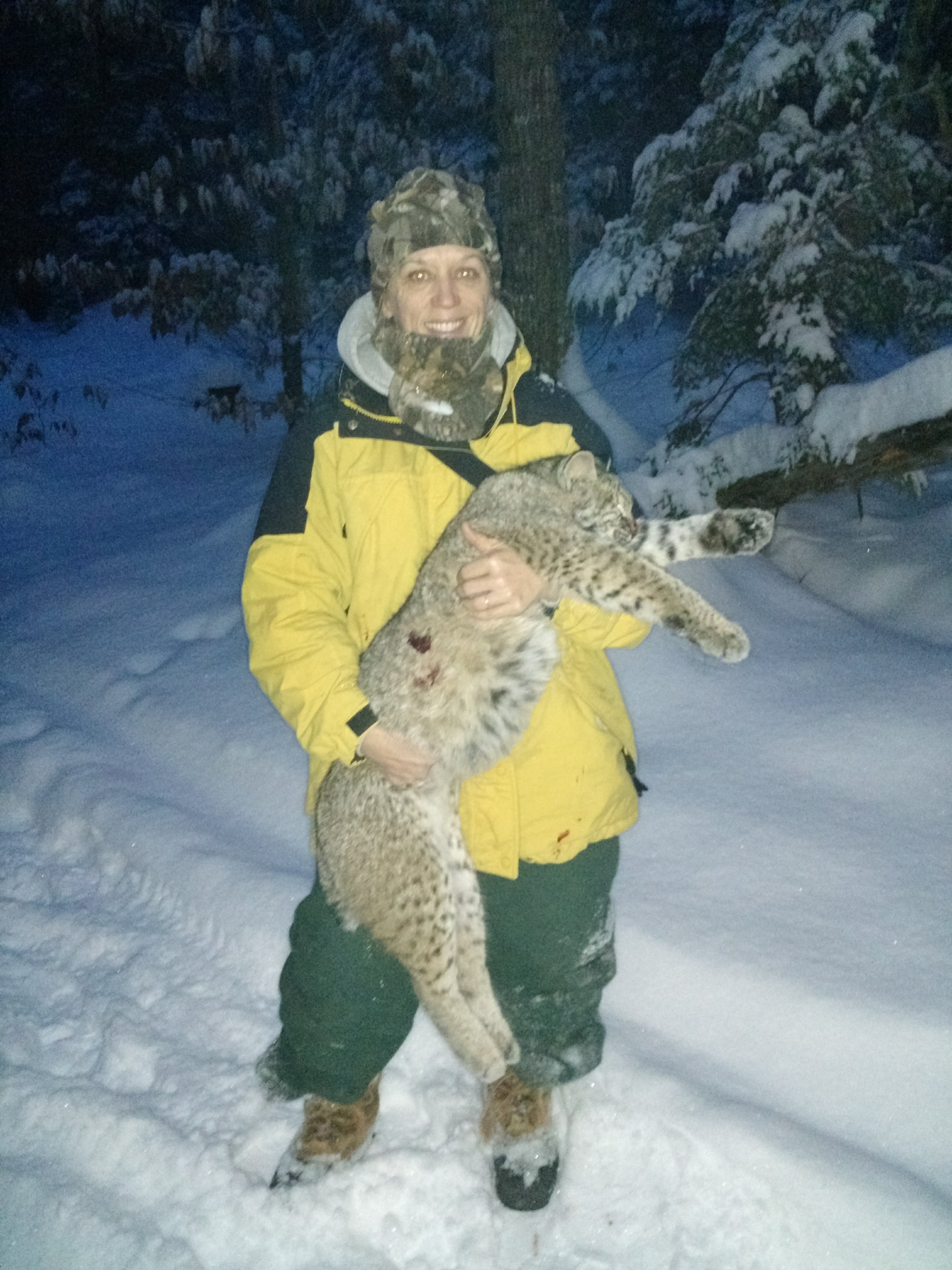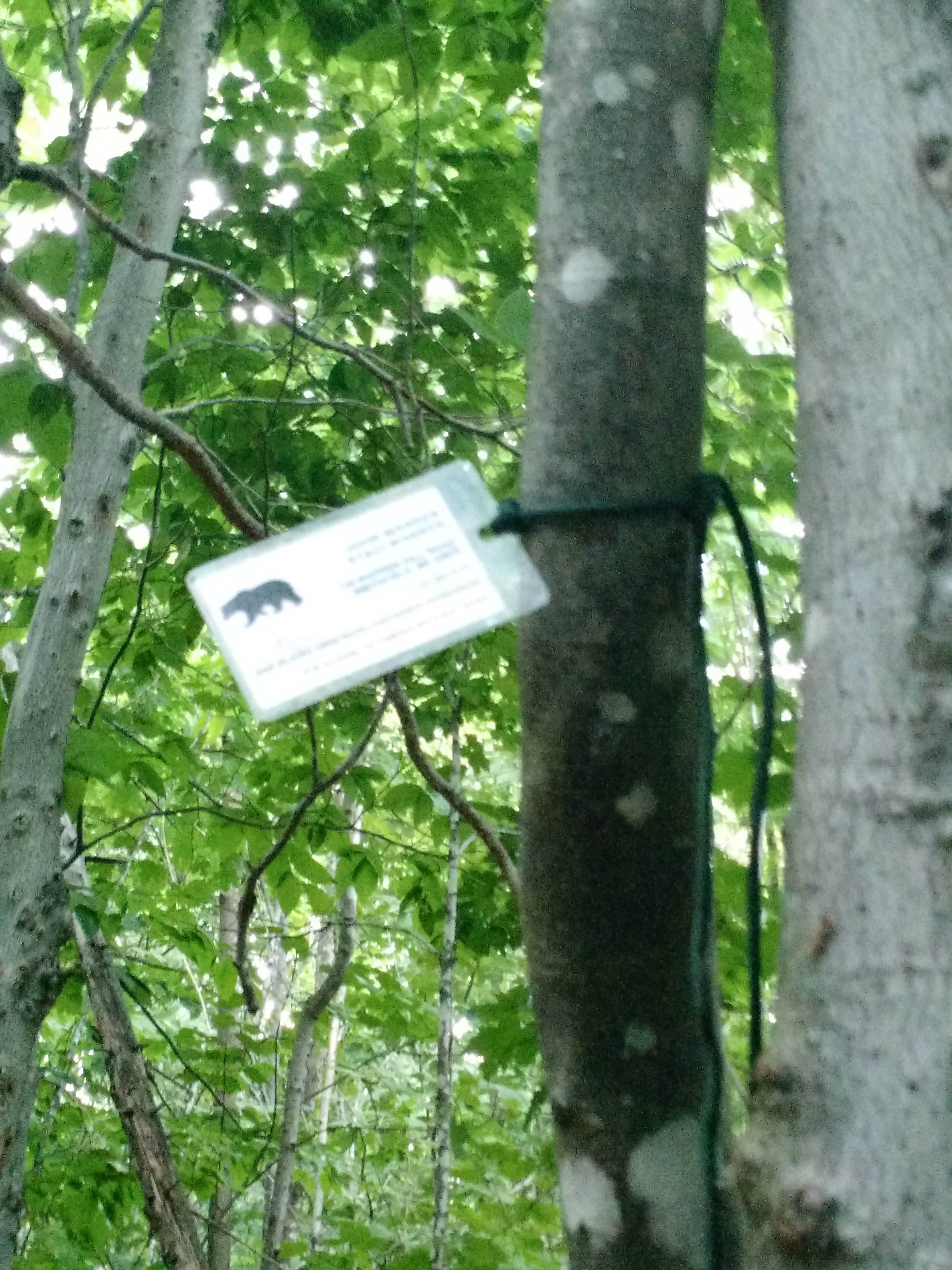I am new to trapping. I’ve only been trapping since the last bear referendum, and when I got my trapping license, it was solely for bear trapping. During the bear referendum is also when I met my friend, Erin.
What I didn’t realize was how challenging and exciting all trapping is, and bear trapping got me hooked. Every year, I learn a little more about where to trap, what types of lures to use, which different types of traps to use, how to trap in water v. land, etc. There are so many different aspects and challenges to trapping, that there’s really never a dull moment.
My husband, John, and I run a little trapline behind our house. When I can, I invite my friend Erin along for the trapline check so that she can see what we do. As I’ve become better at trapping in general, so has my bear trapping. We’ve adapted our trapping as we’ve learned from our mistakes, and that goes for bear trapping too.
This year, Erin got a moose permit, and she expressed wanting to complete the grand slam. I completed the grand slam in 2016, so I know how hard it is to make it happen. To help her out, I offered to help her get a bear by trapping if she didn’t go on a guided dog hunt, which is how she usually gets her bear. Even though Erin has had a trapping license for a few years, she had never trapped a bear, and this year, she was all for trying and taking me up on the offer.
To get started, John and I lent Erin one of our pipe traps, and I helped her set it, set up a bait site and then bait the trap. In addition to the trap, we set cellular cameras up to monitor not only the bait site, but also the trap specifically. Two cameras on every site has become our go to method just in case one dies when you need it the most.

Once bear were coming in, they were all pretty much nocturnal except for one. The first night the cable was set, a bear got caught, but as quick as it was caught, it literally stepped out of the loop. Turns out the compression spring needed to be tightened. Since we have to check traps each day, we decided to sit over the bait just in case that same bear came in during daylight hours. We went in early and reset the trap and fixed the compression spring with a wire rope clamp. We sat until almost the end of legal shooting and decided nothing would come in because of the crazy winds. The wind was swirling so much, there was no hope of seeing anything.

Helping Erin reset the trap 
bear knocked the bucket over 
bear reached in with righ thand 
caught itself with loose loop 
stepped into the loop again before getting free
We drove home not really thinking we’d be so lucky to have a bear that night. We were wrong. No sooner had we gotten home and settled in, my phone started sending “you’ve got bear” notifications. As I went to send a text to Erin, I got a text from her, “Is that a #$@! Bear?!” “Trapped?” “Yup!” I said, “and you need to meet us and we’ll help you get it.”
The three of us loaded into the truck and drove to the site, discussing how the harvest would happen. Once we got to the bait site, Erin loaded her gun before we headed in. We walked in without a word. I went up the tree stand first and helped Erin get settled. We used our flashlights to spot the bear while John stayed on the ground. John ended up having to shine his flashlight too, since the foliage and shadows were blocking Erin from getting a good shot. As I held my flashlight and the branches out of the way, I told her to shoot when she had a good shot. There’s no hurry. Take your time. Erin made a clean one-shot kill. She had her bear! Erin gave me a big hug and thanked me for helping her. It was rewarding to see her so excited and seeing her adrenaline kick in.
We gave Erin the whole experience down to the field dressing, loading and transporting of her bear.

Next up, I plan to help her in setting the fisher exclusionary trap that I made for her last Christmas.
With the explosion of women hunters interested in bear trapping, there is a great opportunity to get more women into trapping in general. I hope that if you are a bear trapper, you’ll consider helping a fellow hunter trap a bear, and invite them along for a day on your trapline. The addiction is real and once they see the challenge, they too will be hooked.











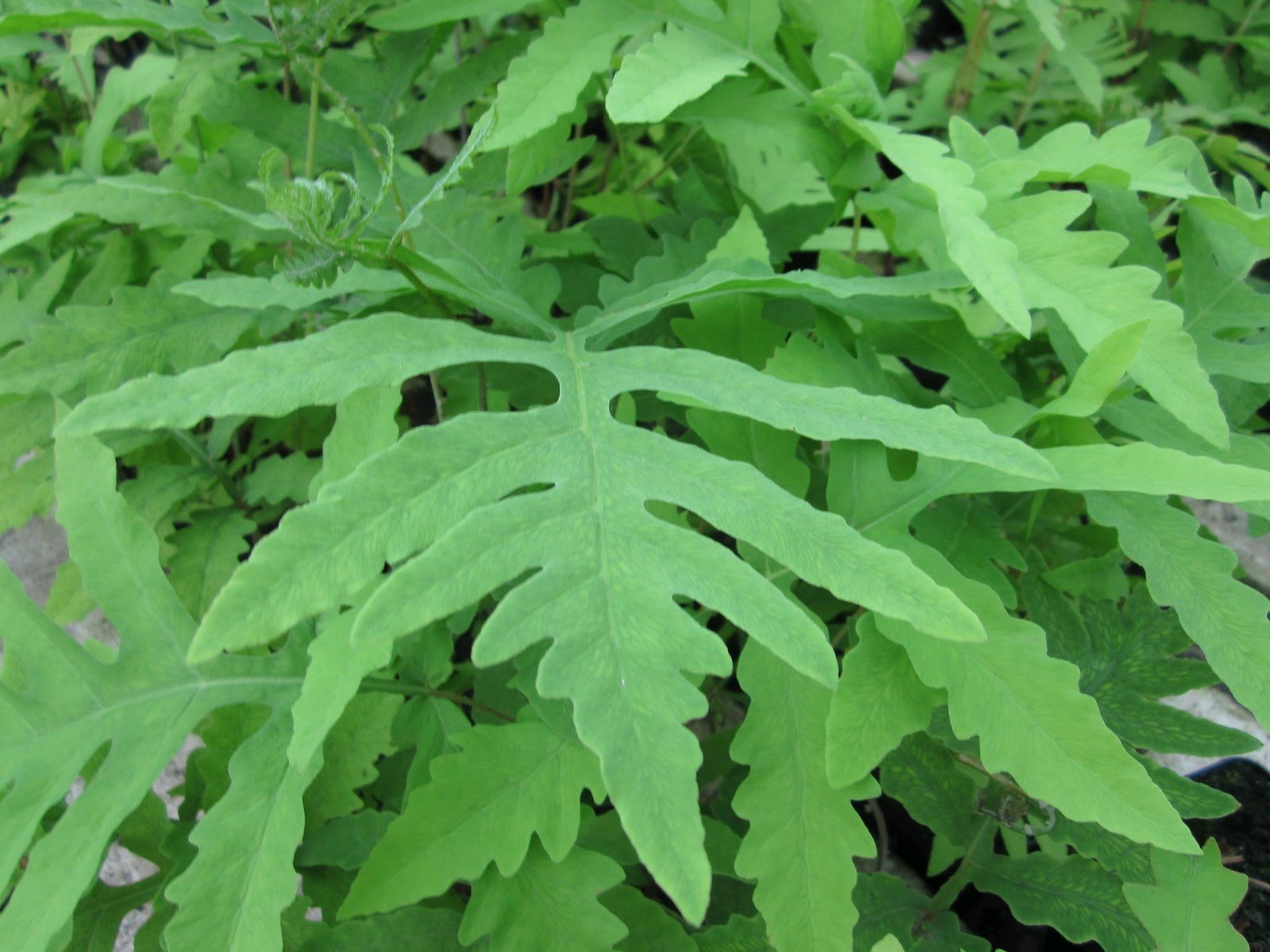


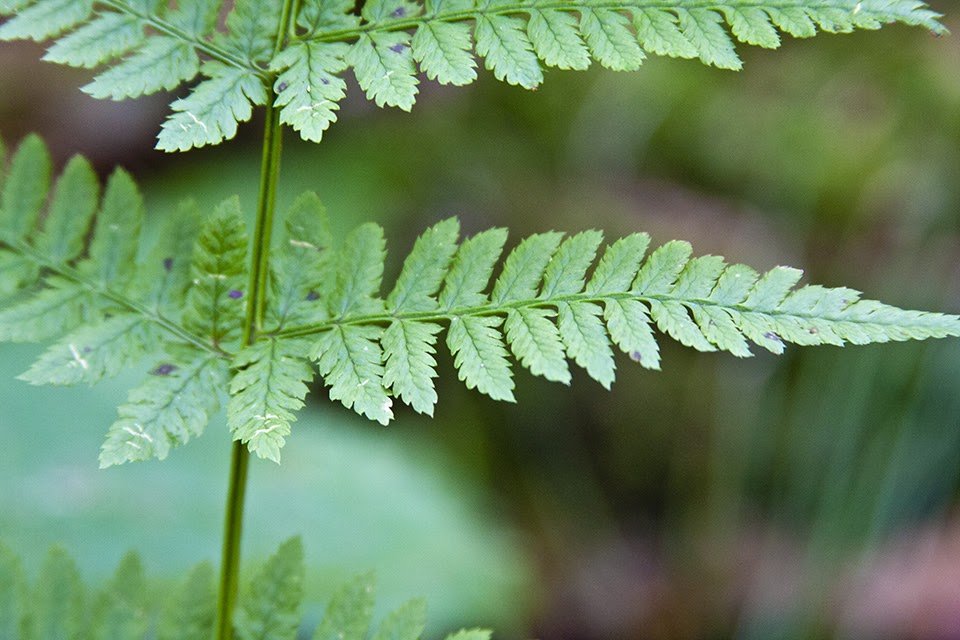
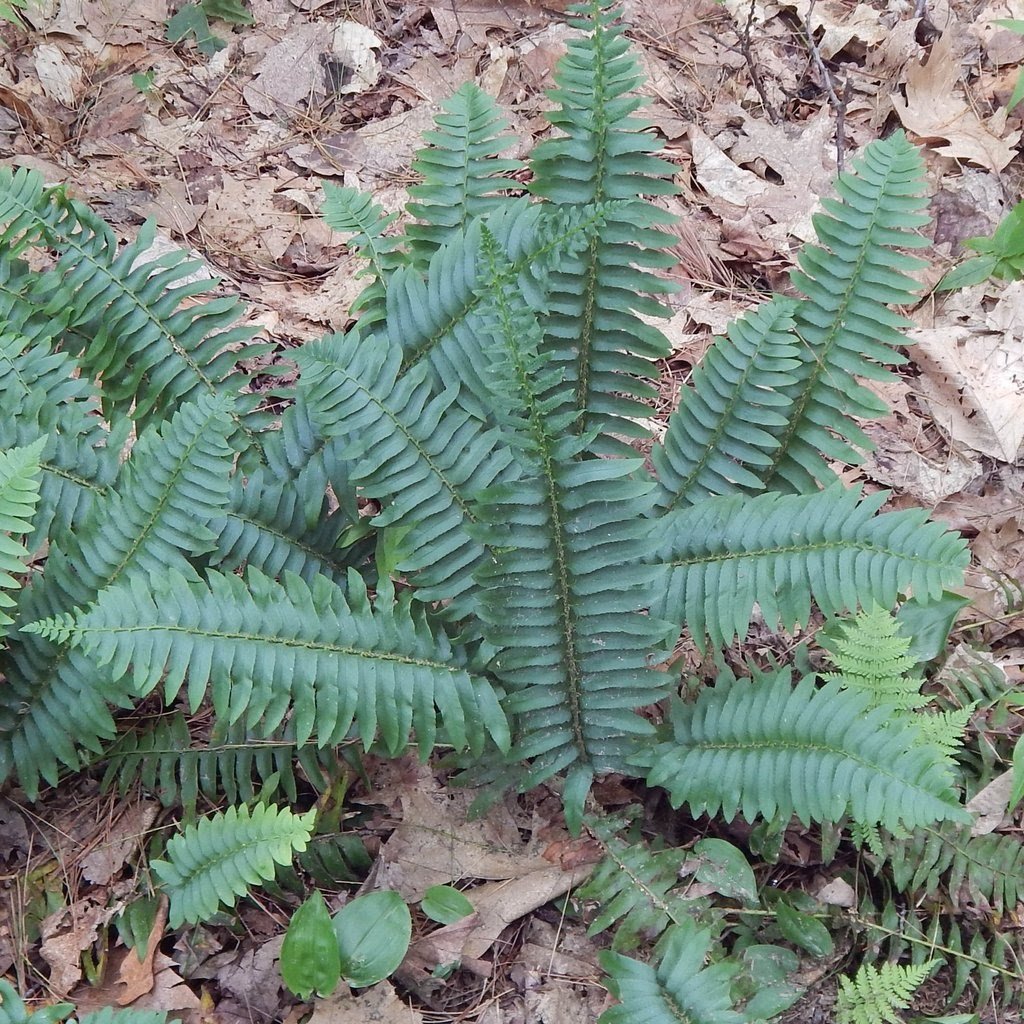
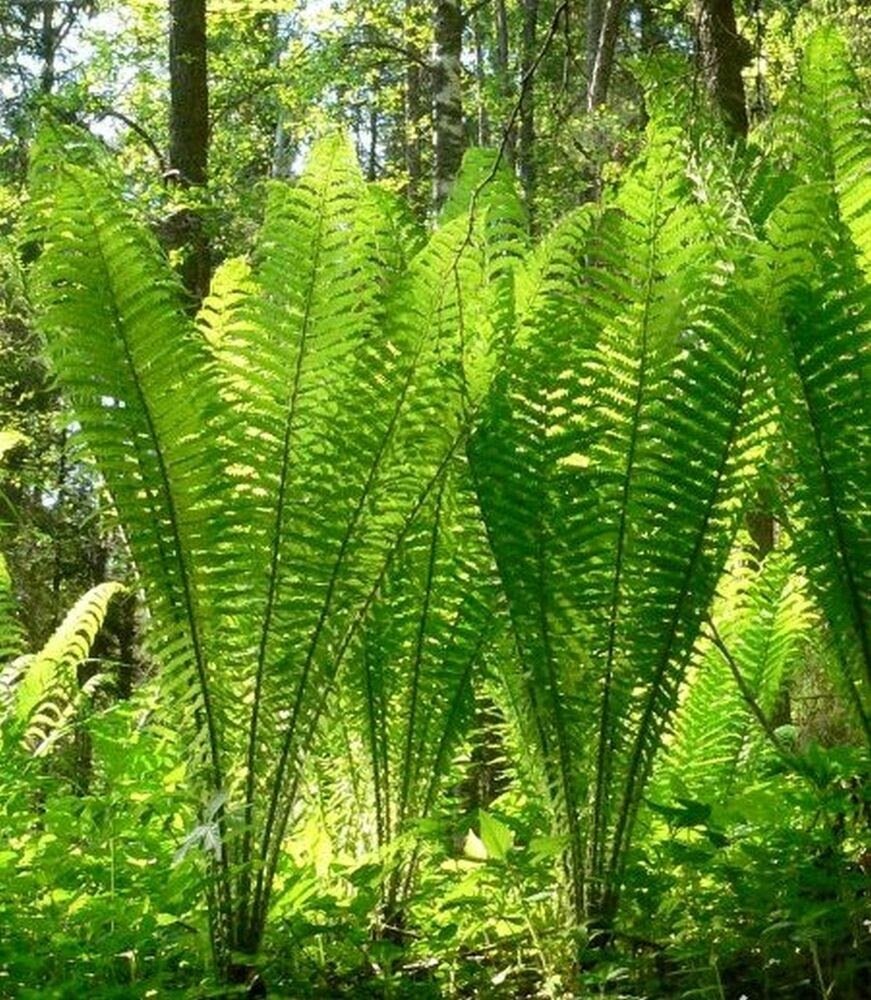
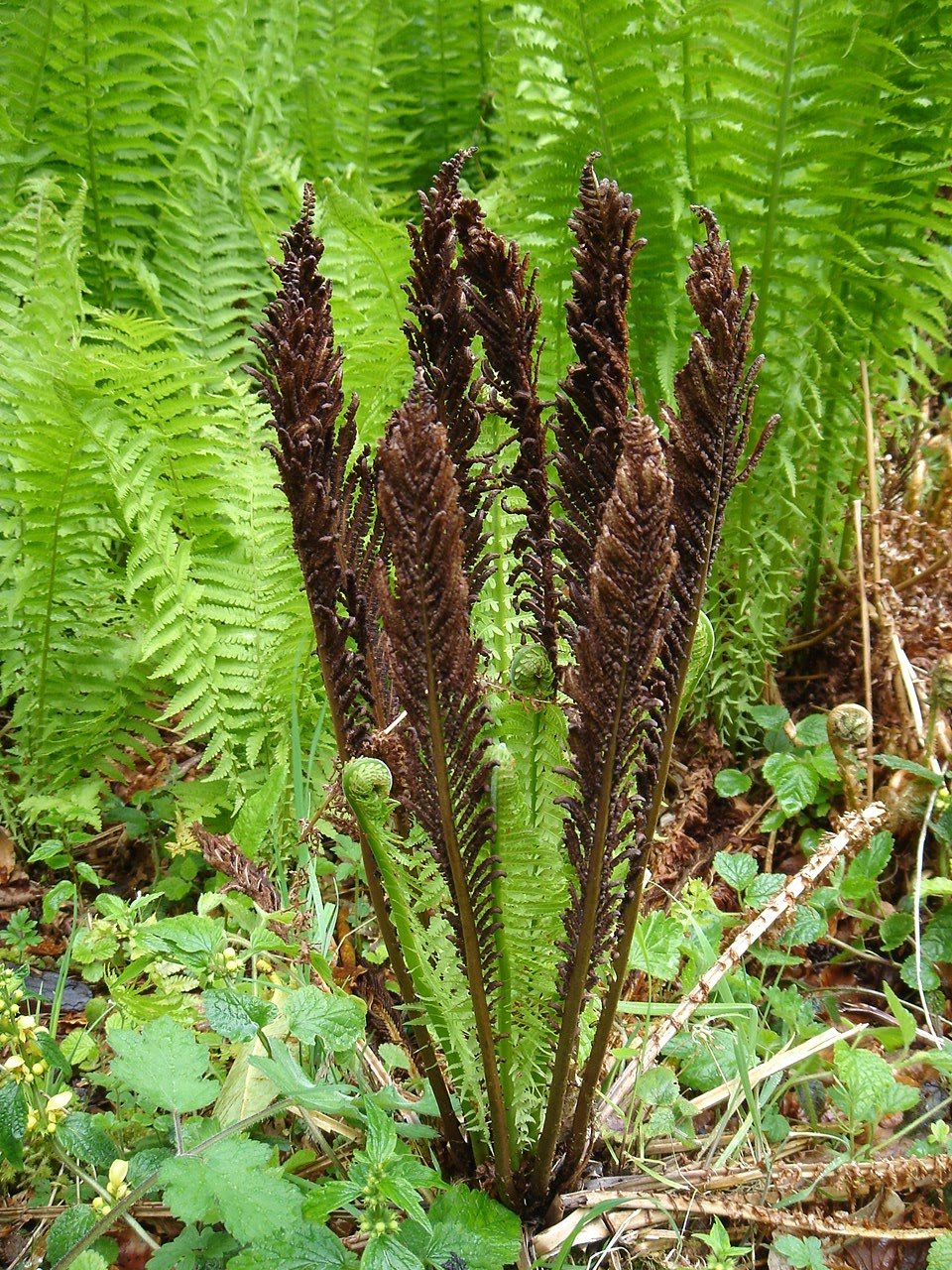

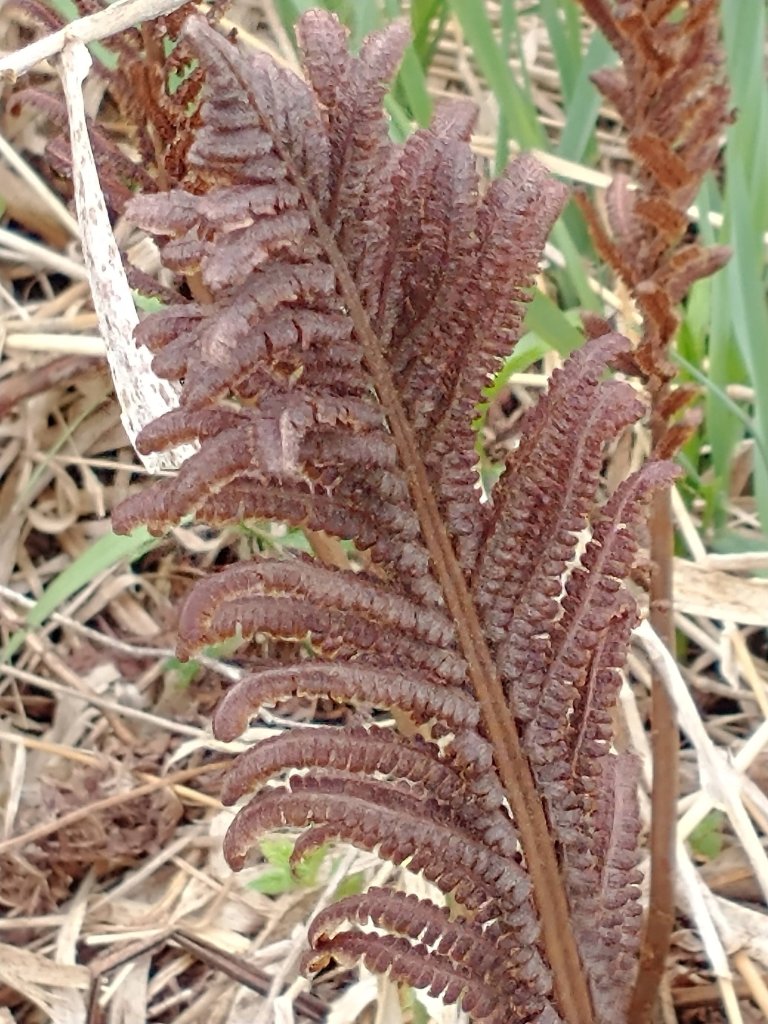
























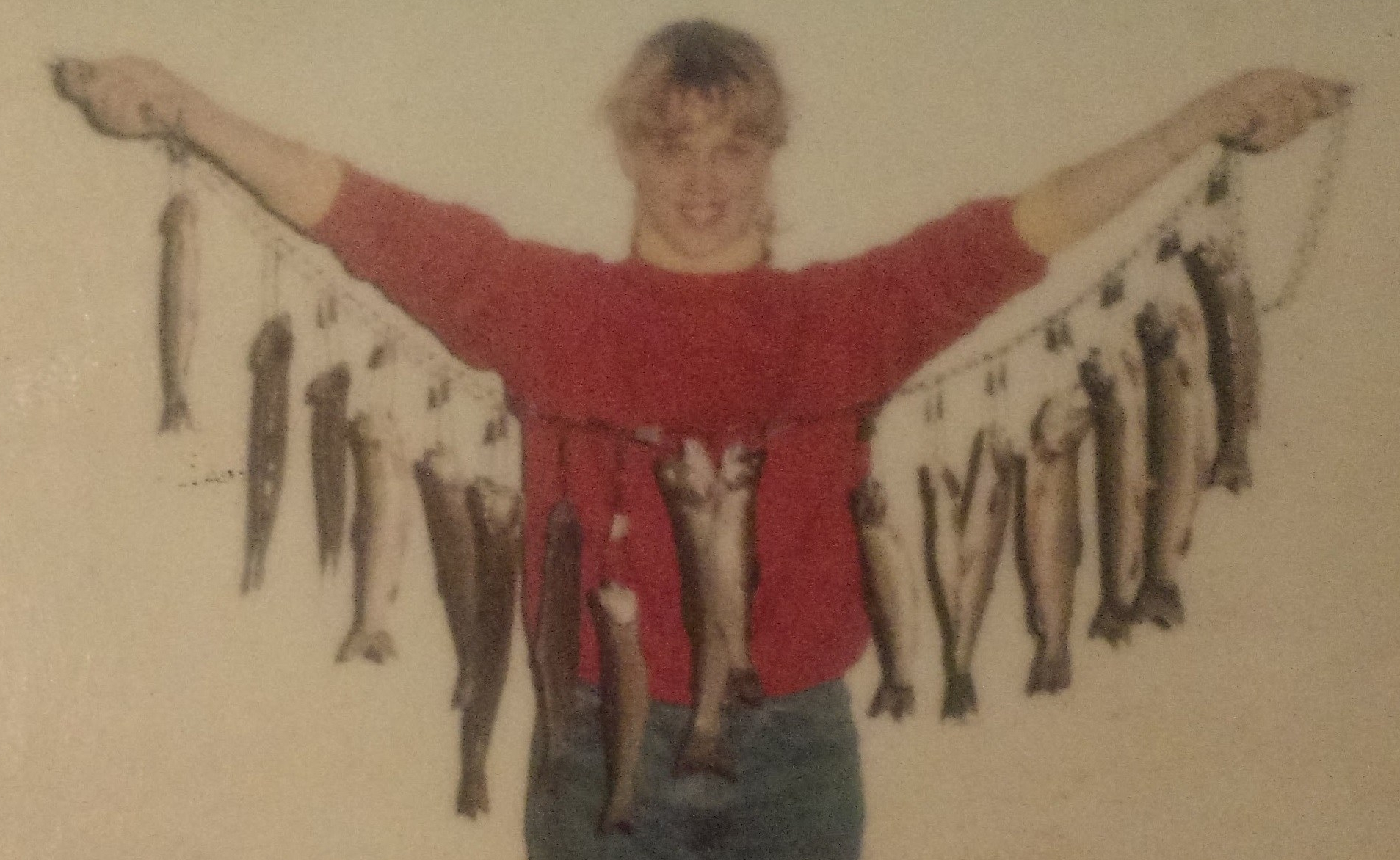
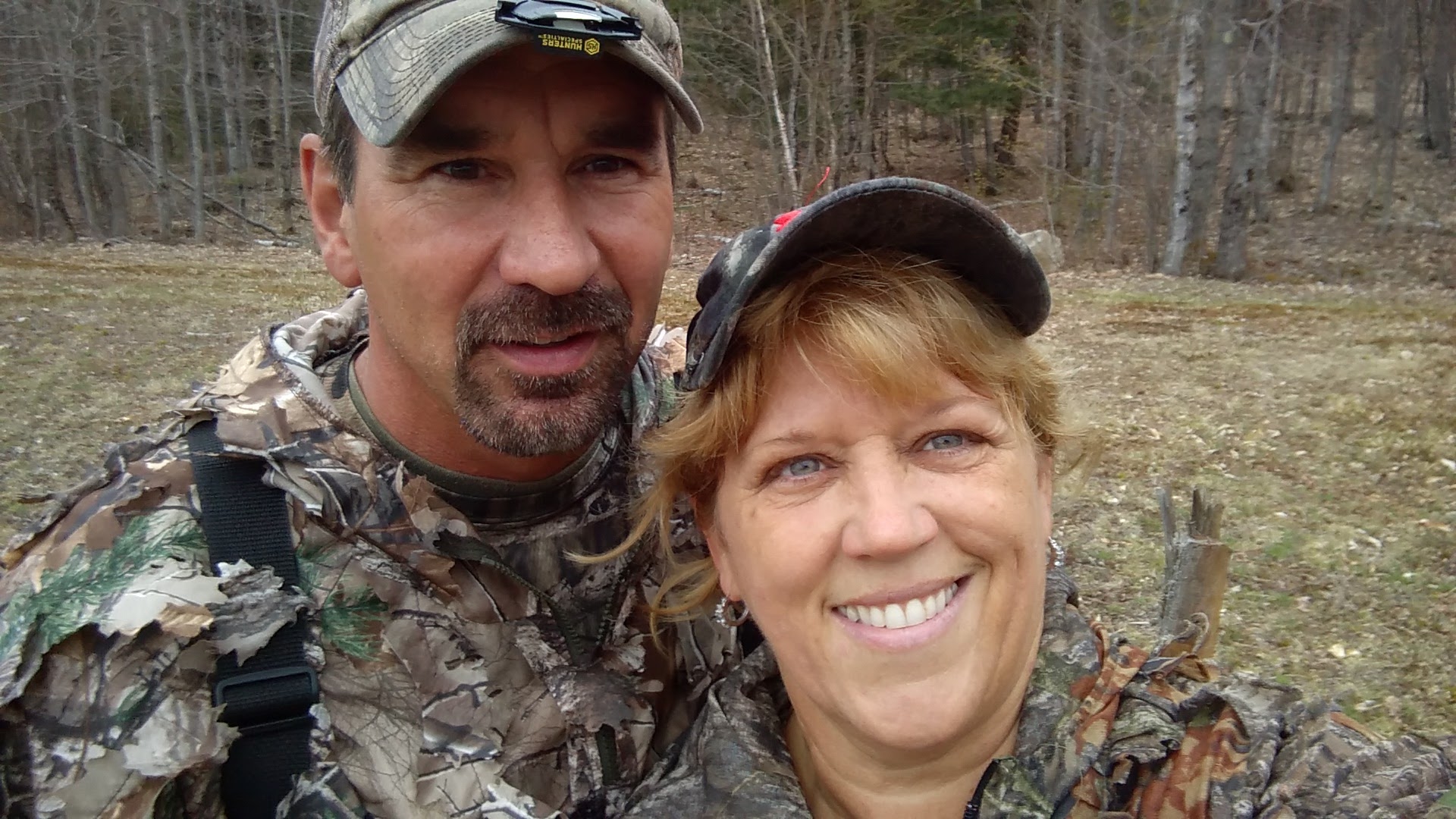 I laugh when I hear this because it’s usually in the context of hunting and fishing and all the things we do together. It’s quite a compliment, but honestly, it’s just about being together and enjoying what we do. Our kids are grown and off doing their own things with friends and family, so we have more time together that we didn’t have when we were raising our three kids. Hopefully they’ll take some of the times we spent hunting, fishing and wildlife watching with them and pass it onto their families.
I laugh when I hear this because it’s usually in the context of hunting and fishing and all the things we do together. It’s quite a compliment, but honestly, it’s just about being together and enjoying what we do. Our kids are grown and off doing their own things with friends and family, so we have more time together that we didn’t have when we were raising our three kids. Hopefully they’ll take some of the times we spent hunting, fishing and wildlife watching with them and pass it onto their families.




















 John caught his first, and what we thought would be our only bobcat. This was an adult female. He got it tagged and then took it to the taxidermist. This bobcat weighed about 27 pounds. The taxidermist said it was a nice sized one.
John caught his first, and what we thought would be our only bobcat. This was an adult female. He got it tagged and then took it to the taxidermist. This bobcat weighed about 27 pounds. The taxidermist said it was a nice sized one.


